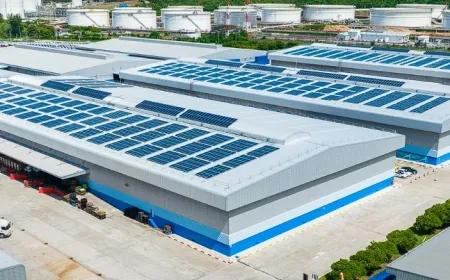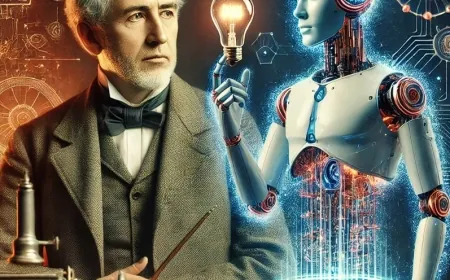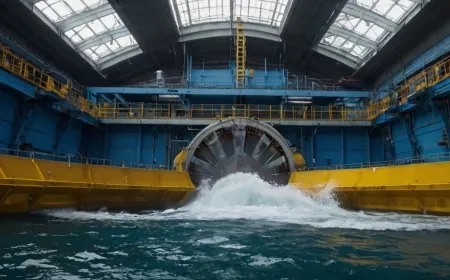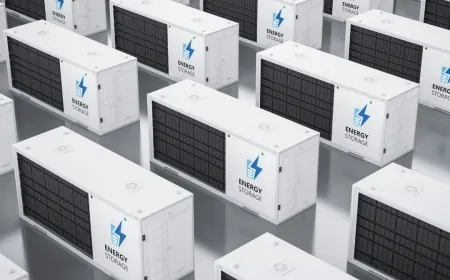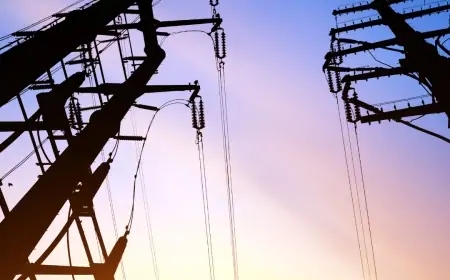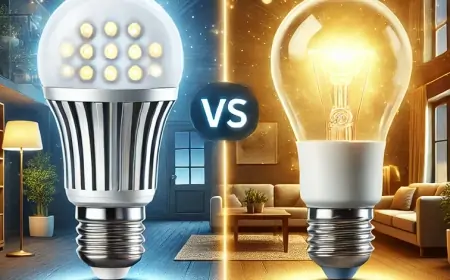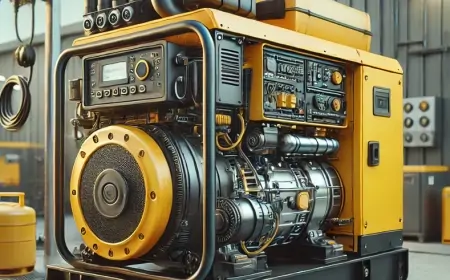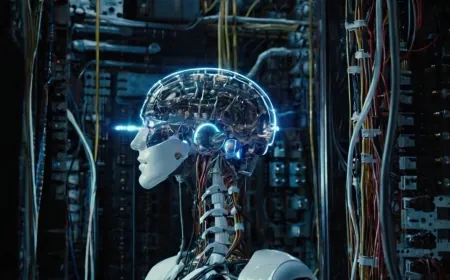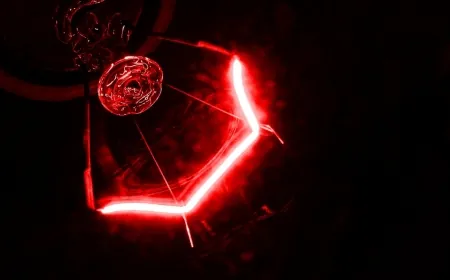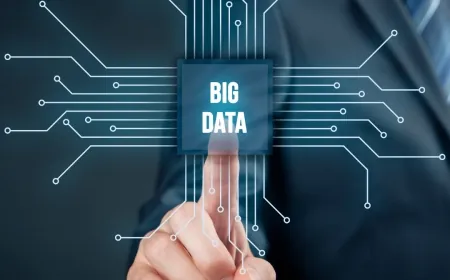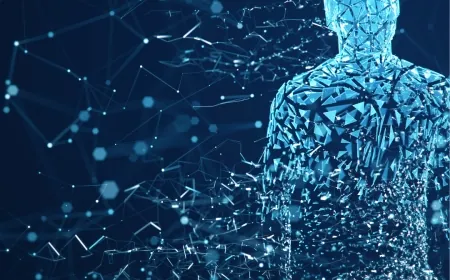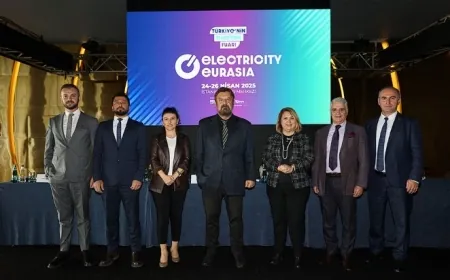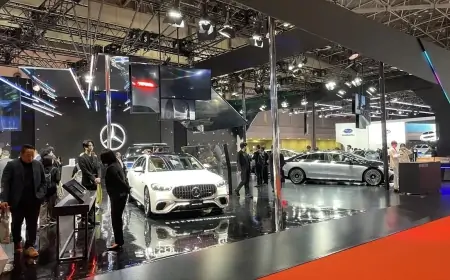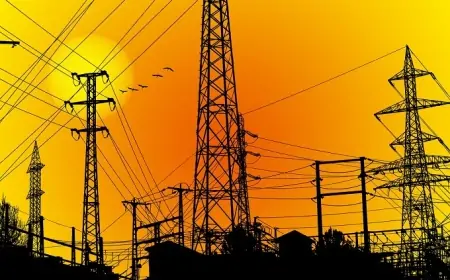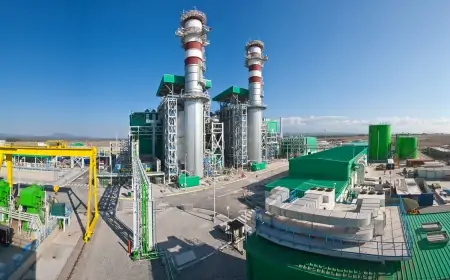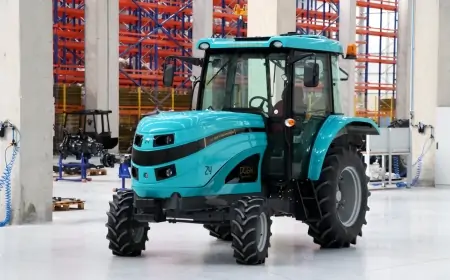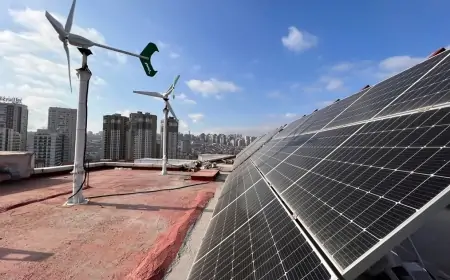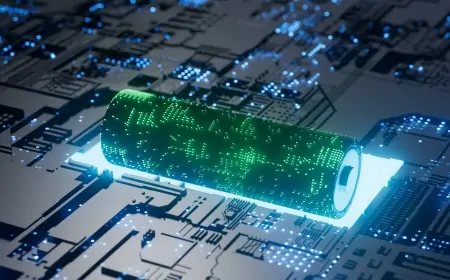New Generation Turbines Used in Electricity Production and Their Features
Discover the features and advantages of new generation turbines in electricity production. Learn how advancements in renewable energy technology, including wind, solar, and hydrogen turbines, are transforming the energy industry and contributing to a more sustainable future.
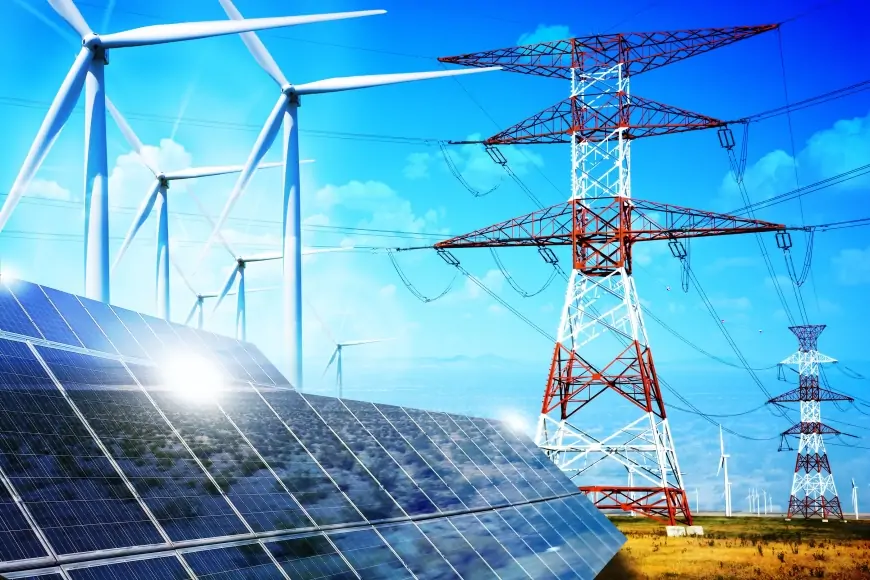
The new generation turbines used for electricity production offer more efficient, environmentally friendly, and flexible solutions. The transition from traditional turbines to new generation turbines has created a significant transformation in energy production.
As one of the most critical energy sources in the world, electricity production is vital for economic development and the sustainability of daily life. The technologies used to produce this energy are constantly evolving and renewing. Especially with the increasing importance of renewable energy sources, turbines that produce electricity from clean energy sources like wind and solar energy are undergoing a major transformation. In this article, we will focus on the features and advantages of the new generation turbines used in electricity production.
Transition from Traditional to New Generation Turbines
Traditional wind turbines typically had large, slow-rotating blades and were heavily used in wind farms. These turbines operated with basic mechanical and electrical systems. However, with advances in technology, new generation turbines that are smaller, faster, and can be used in various environments have been developed. These turbines can be used not only in wind farms but also in urban centers, offshore, and coastal areas. New generation turbines offer improved efficiency, lower costs, and aesthetic advantages.
Features of New Generation Turbines
-
Efficiency: New generation turbines convert wind energy into electricity more efficiently thanks to advanced aerodynamic designs and innovative materials. This maximizes energy production by minimizing energy losses.
-
Diversity: Wind turbines are now used not only in large wind farms but also offshore, in coastal areas, and even in city centers. This makes energy production more diverse and widespread.
-
Quiet Operation: Compared to traditional turbines, new generation turbines produce less noise. This reduces the negative impact on the environment and allows for more widespread use.
-
Smart Technologies: Equipped with artificial intelligence and sensor technologies, new generation turbines can automatically adjust to wind conditions and detect maintenance needs in advance. This increases the operational efficiency and lifespan of the turbines.
-
Different Designs: New generation turbines are developed in different designs such as vertical axis, horizontal axis, and bladeless turbines. This diversity allows the use of turbines suitable for different wind conditions and geographic areas.
Types of New Generation Wind Turbines
-
Vertical Axis Wind Turbines: Vertical axis turbines have a shorter and wider structure compared to traditional horizontal axis turbines. Their ability to operate even at low wind speeds and produce less noise makes them ideal for urban use.
-
Horizontal Axis Wind Turbines: Horizontal axis turbines, with large-diameter blades, work more efficiently at high wind speeds. These turbines are widely used in large wind farms and are ideal for large-scale energy production.
-
Bladeless Wind Turbines: Bladeless turbines require less maintenance due to fewer moving parts and operate more quietly. Although not yet widely used, these turbines may be among the future's innovative energy production solutions.
Solar Energy Turbines
-
Photovoltaic Panels: Solar energy turbines use photovoltaic panels to convert sunlight into electricity. These panels are made from semiconductor materials such as silicon and generate an electric current by absorbing sunlight. New generation solar panels are more efficient, lighter, and more flexible.
-
Concentrated Solar Power (CSP): Concentrated solar power systems concentrate sunlight to produce thermal energy, which is then used in electricity generation turbines. These systems are ideal for large-scale energy production and are typically used in wide-open areas like deserts.
Turbines of the Future
-
Marine Energy Turbines: Marine energy turbines generate energy from tides, waves, and ocean currents. These turbines offer sustainable energy solutions by harnessing the potential of marine energy.
-
Geothermal Energy Turbines: Geothermal energy turbines produce electricity by using underground heat. These turbines are used in areas with volcanic activity and hot water sources.
-
Hydrogen Energy Turbines: Hydrogen energy turbines generate energy by burning hydrogen. These turbines have significant potential for environmentally friendly and sustainable energy production.
New generation turbines used for electricity production offer more efficient, environmentally friendly, and flexible solutions. The transition from traditional turbines to new generation turbines has created a significant transformation in energy production. With the development of these technologies, the share of renewable energy sources will continue to increase, and dependence on fossil fuels will decrease. In the future, it will be possible to build a clean and sustainable energy future with more advanced and innovative turbines. This will support economic growth and ensure environmental sustainability.
What's Your Reaction?








